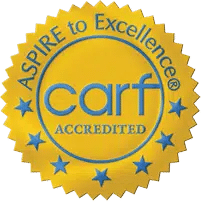Stimulant Drugs: Strongest to Weakest
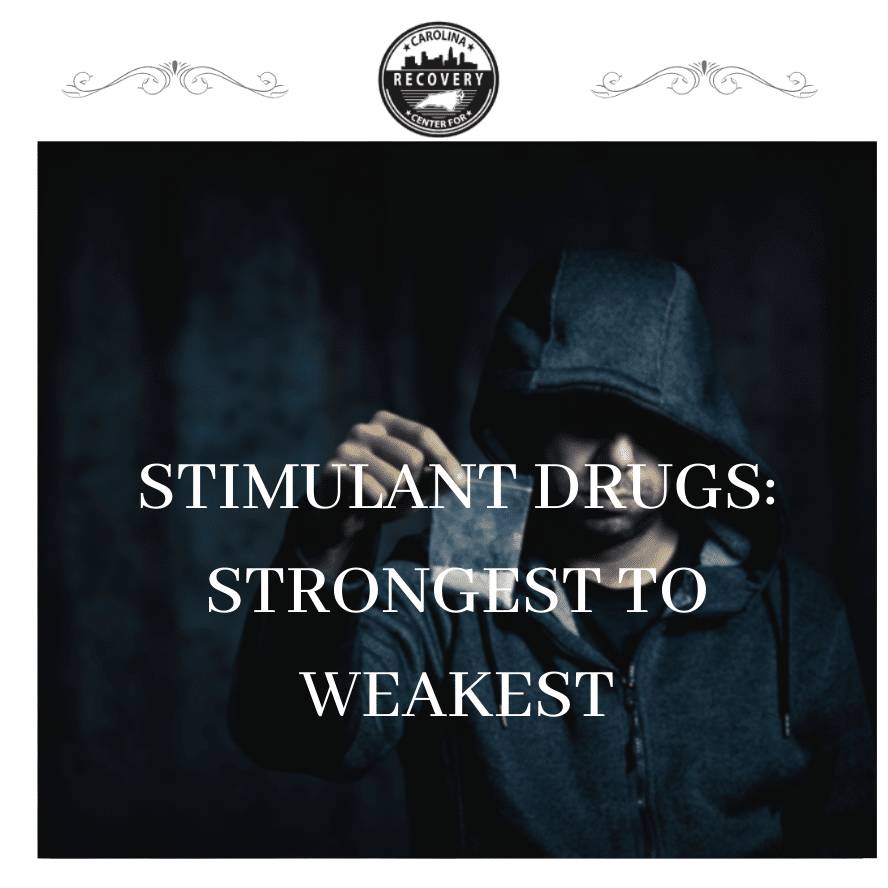
Medically Verified: 2/1/24
Medical Reviewer
Chief Editor

All of the information on this page has been reviewed and verified by a certified addiction professional.
Addiction to any form of substance or behavior can wreak havoc on an individual’s social, psychological, and physical life. Unfortunately, addiction to stimulant drugs is no exception. In 2012, studies found that an estimated 1.2 million Americans were addicted to prescription stimulant drugs, proving that stimulant addiction is only becoming more popular.
Stimulants can be used medicinally, however, there is a high probability for addiction when these medications are abused. Commonly, prescription stimulants are used in the treatment of Attention-deficit/hyperactivity disorder (ADHD) in children and adults. On the other hand, stimulant drugs can be made and sold illegally, perpetuating the issue of stimulant addiction in the United States.
Stimulants are dangerous drugs that are typically abused in order to achieve a heightened sense of alertness, greater ability to focus, weight loss, staying awake for long periods of time, or a euphoric high. Stimulant drugs work by increasing the amount of dopamine in the brain – creating feelings of pleasure and euphoria in an individual. As a result, stimulant abuse often results in addiction.
Stimulant abuse is defined as the act of an individual taking illegal or prescription-based stimulants in order to achieve a desired high. Some stimulants are more dangerous than others, making it vital to understand the potency and risks of each individual stimulant drug. Read more to learn about the common forms of stimulants, the dangers of each one, and how to keep you or your loved ones safe from the effects of stimulant drugs.
#1- Methamphetamine (Meth)
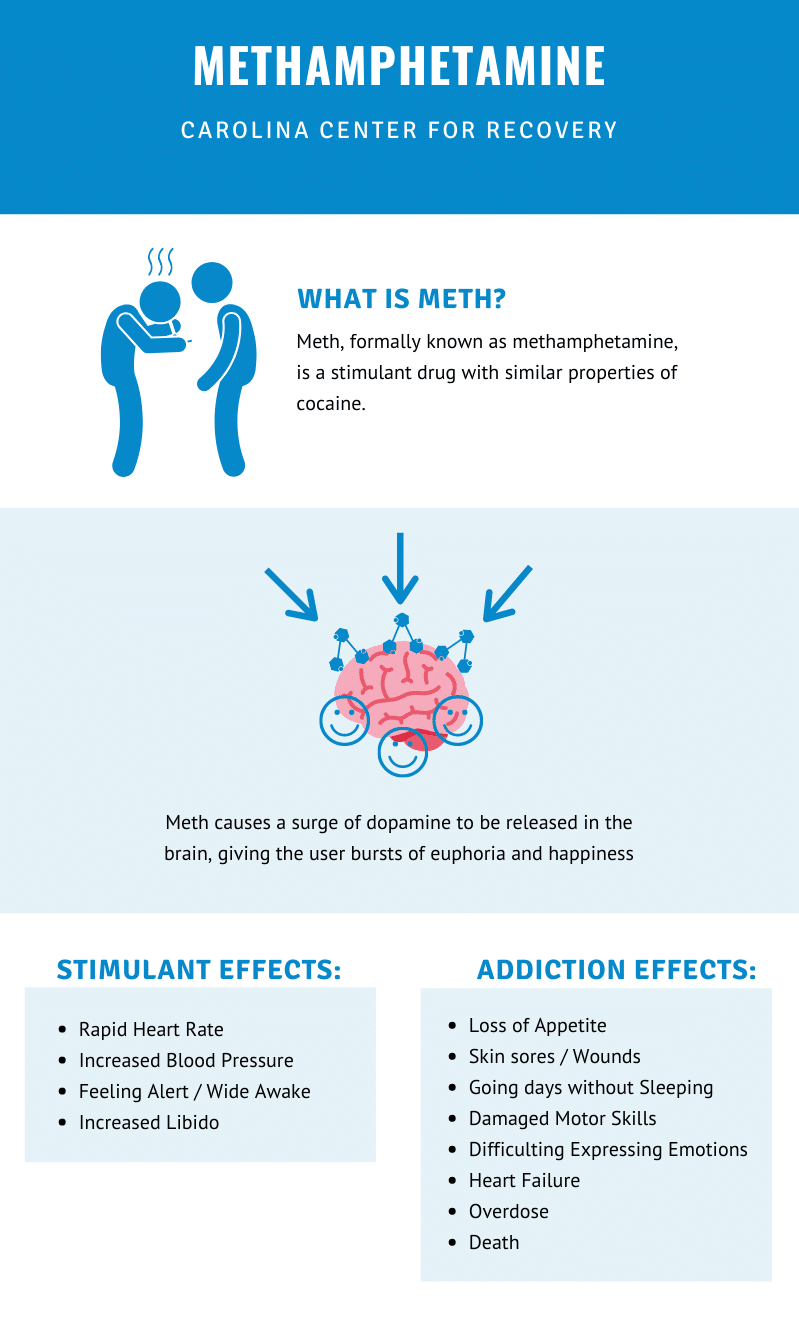
Methamphetamine is an illegal stimulant drug and is considered the strongest stimulant available. As a result, methamphetamine is an extremely dangerous drug to consume. Unfortunately, many individuals have reported becoming addicted to meth after their first time using it. This is because methamphetamine works by creating a surge of additional dopamine in an individual’s brain. Consequently, the individual’s reward system is affected, making them feel as if they need to continue meth abuse in order to create feelings of pleasure and euphoria.
Effects of methamphetamine can last for up to 12-14 hours, making meth the strongest stimulant to date. Shortly after an individual uses meth, they will begin to crave the feelings of pleasure it causes.
While individuals may experience a pleasurable high as a result of meth abuse, this potent stimulant can create dangerous adverse health effects. Repeated meth abuse results in:
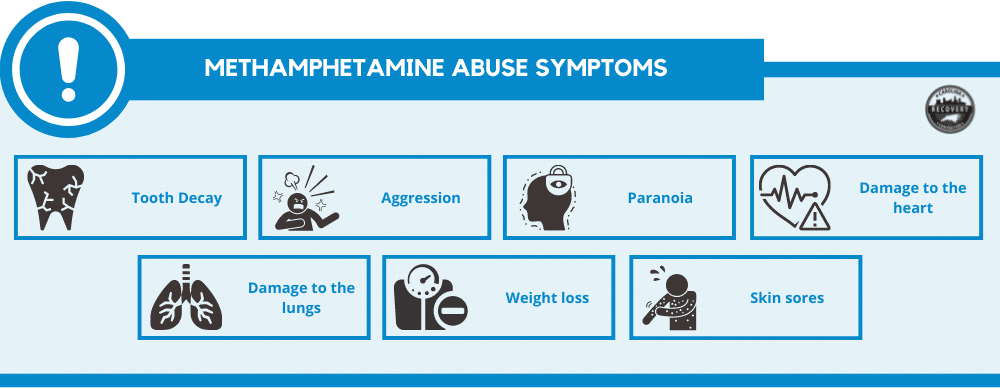
- tooth decay
- aggression
- paranoia
- damage to the heart and lungs
- severe weight loss
- skin sores
#2- Cocaine/Crack-Cocaine

The second strongest stimulant drug known to man is referred to as cocaine. Similar to methamphetamine, cocaine produces a surge of dopamine in an individual’s body. However, unlike meth, the effects of cocaine only last about 30 minutes when individuals snort it. If cocaine is injected, the high can wear off in just 10 minutes. Due to the short-lived effects of cocaine, this stimulant has a high propensity for overdose.
Individuals who abuse cocaine are at risk for a variety of adverse health effects. Individuals who abuse cocaine often suffer from heart attacks or strokes due to the tachycardia and high blood pressure that it causes. Other long-term health risks associated with cocaine abuse include:
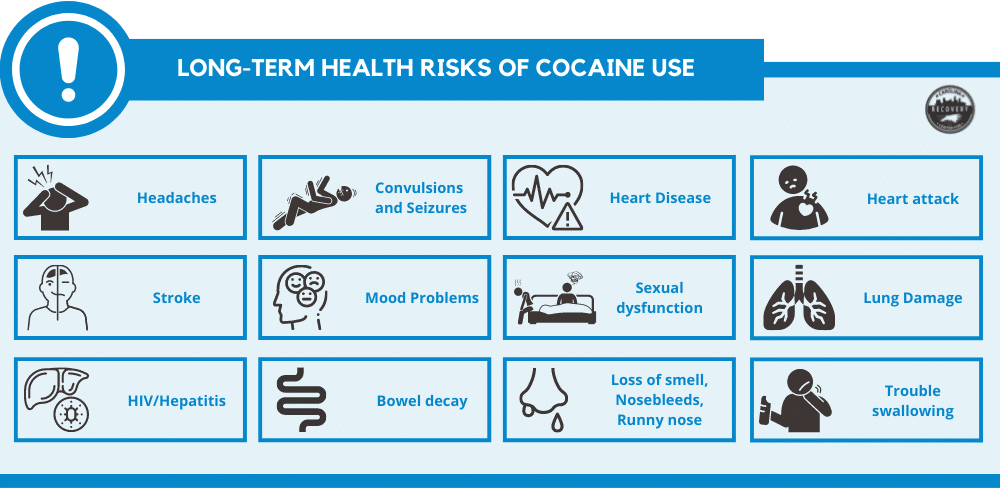
- Headaches
- Convulsions and seizures
- Heart disease, heart attack, and stroke
- Mood problems
- Sexual issues
- Lung damage
- HIV or hepatitis if you inject it
- Bowel decay if you swallow it
- Loss of smell, nosebleeds, runny nose, and trouble swallowing, if you snort it
#3- Amphetamines
Amphetamines are typically prescription medications that act as appetite suppressants. However, like other stimulants, amphetamines cause an increase in energy and dopamine. Many individuals who take amphetamines for weight loss purposes become addicted or develop substance use disorder.
Long-term abuse of amphetamines leads to an array of issues, including damage to the heart and arteries. Additionally, amphetamine abuse may lead to:

- anxiety
- paranoia
- severe sweating
- muscle loss
- insomnia
- tics
#4- Adderall, Ritalin, and Other Prescription Stimulants

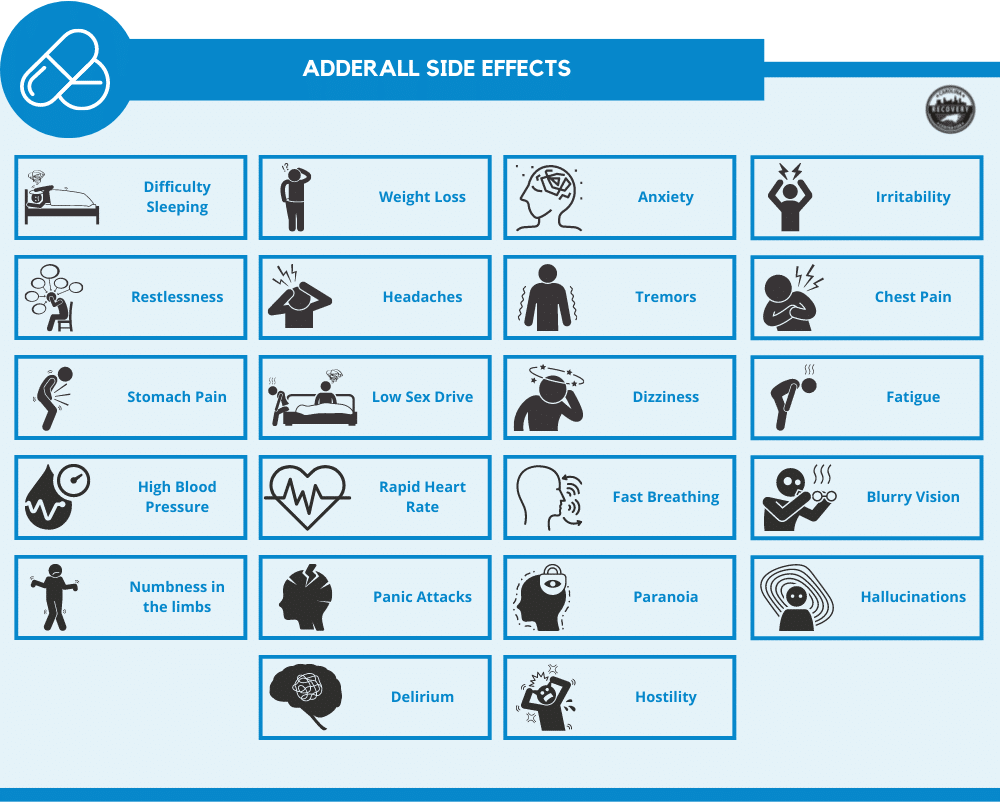
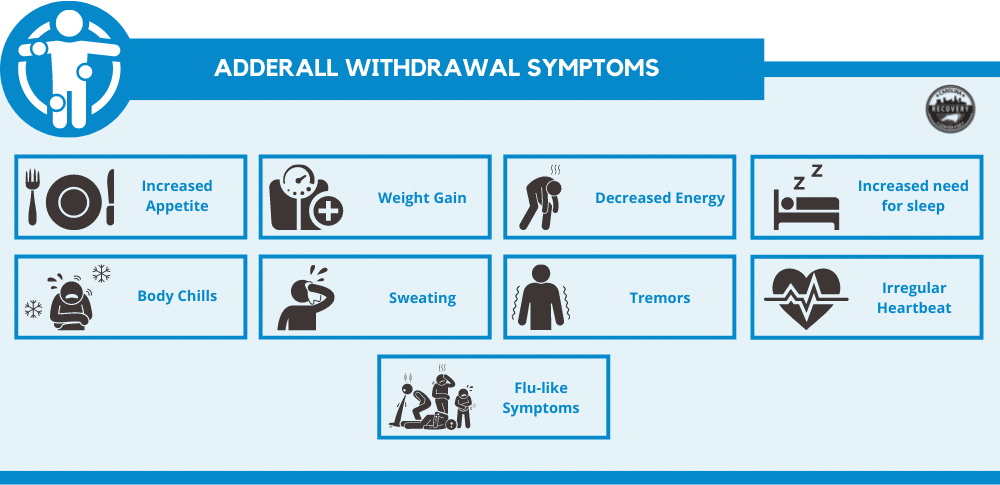
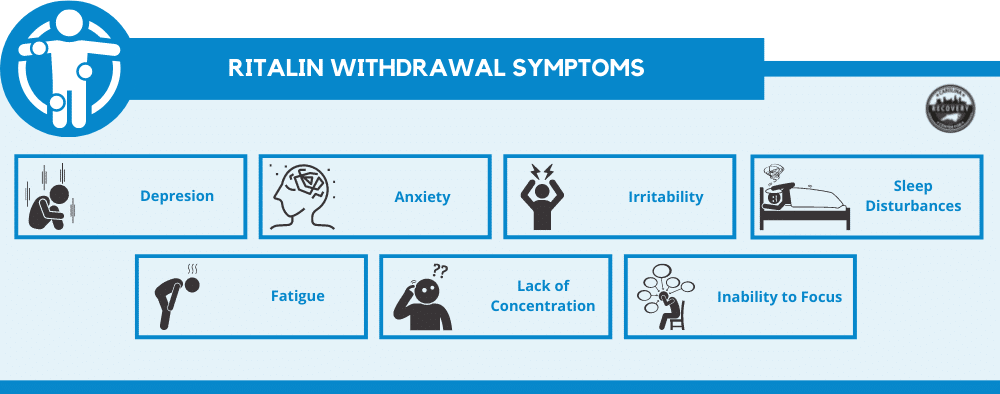
Prescription stimulants, such as Adderall or Ritalin, are prescribed to individuals who suffer from Attention-deficit disorder (ADD) or Attention-deficit/hyperactivity disorder (ADHD). These medications work by calming the central nervous system, allowing individuals to focus on their daily tasks. These stimulant medications are considered a moderate stimulant drug.
When an individual without ADD or ADHD consumes these medications, the opposite effect occurs. Individuals receive an abundance of energy and a surge of dopamine, causing an energetic and pleasurable high. Students and individuals who work long hours make up the majority of individuals who abuse stimulant medications. This is because they use medications like Adderall to prevent fatigue and increase their ability to concentrate. As a result, individuals may experience brain and heart complications due to long-term stimulant medication abuse.
#5- Ecstasy (MDMA or Molly)
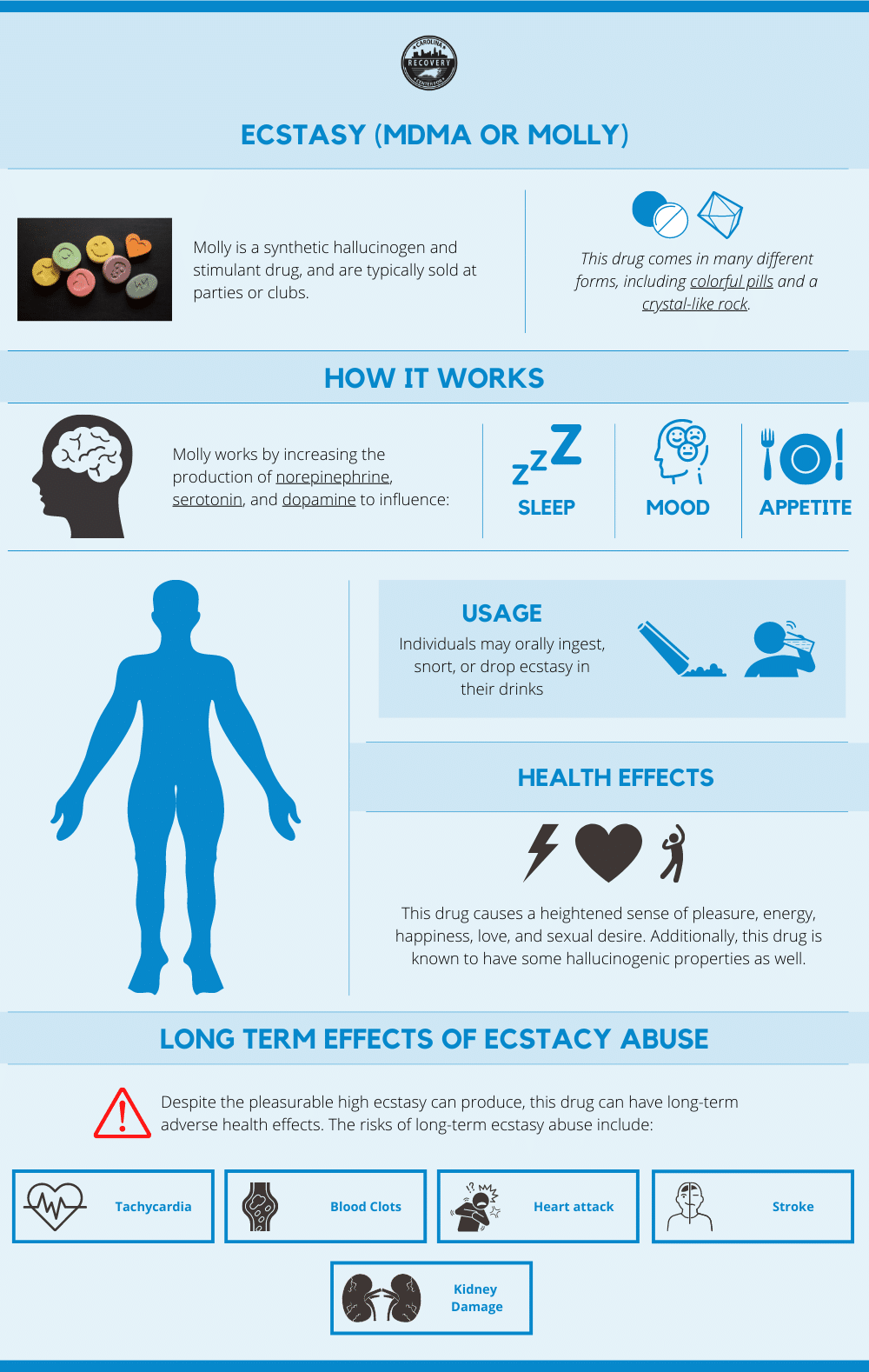
Ecstasy is an illicit stimulant typically sold at parties or clubs. Ecstasy is different than most stimulants because it increases the amount of serotonin in the brain, rather than dopamine. This drug comes in many different forms, including colorful pills and a crystal-like rock.
Individuals may orally ingest, snort, or drop ecstasy in their drinks. This drug causes a heightened sense of pleasure, energy, happiness, love, and sexual desire. Additionally, this drug is known to have some hallucinogenic properties as well.
Despite the pleasurable high ecstasy can produce, this drug can have long-term adverse health effects. The risks of long-term ecstasy abuse include:
- Tachycardia
- Blood clots
- Heart attack
- Stroke
- Kidney damage
Treatment for Stimulant Abuse
If you or a loved one is suffering from stimulant abuse or addiction, it may be time to seek professional addiction treatment. Stimulant abuse can lead to long-term adverse health effects, causing an individual to experience social, mental, and physical grief. In order to recover from stimulant addiction, individuals must attend professional detox and inpatient addiction treatment. If you would like to begin a new way of life and beat stimulant addiction, contact Carolina Center for Recovery today.

